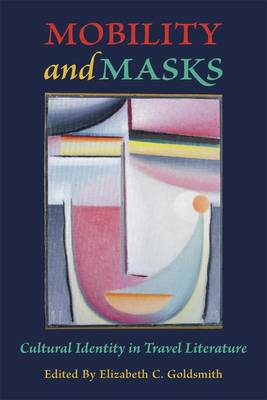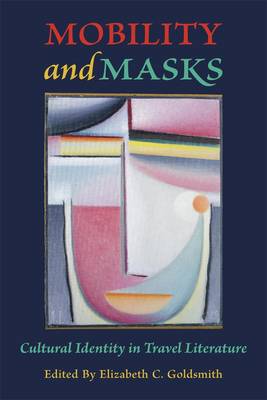
Bedankt voor het vertrouwen het afgelopen jaar! Om jou te bedanken bieden we GRATIS verzending (in België) aan op alles gedurende de hele maand januari.
- Afhalen na 1 uur in een winkel met voorraad
- In januari gratis thuislevering in België
- Ruim aanbod met 7 miljoen producten
Bedankt voor het vertrouwen het afgelopen jaar! Om jou te bedanken bieden we GRATIS verzending (in België) aan op alles gedurende de hele maand januari.
- Afhalen na 1 uur in een winkel met voorraad
- In januari gratis thuislevering in België
- Ruim aanbod met 7 miljoen producten
Zoeken
€ 25,95
+ 51 punten
Omschrijving
Travelers have always experimented with disguise while observing the disguises of others. Each of the chapters in Mobility and Masks illustrates the strategies of concealment in the experience of travel: a seventeenth-century German aristocrat discovers new freedom as she travels incognito, Jesuits write home from China in the eighteenth century about how costume changes serve their mission, a Chinese opera star reflects on his own masked art during a tour of Russia in 1935. Masking can be a racial marker, as shown in two nineteenth-century accounts: an English woman encountering the creole culture of the West Indies and a French woman observing how cosmetic beauty is defined in Shanghai. Fictional representations of the masked traveler are illustrative, too: masked voices in the lyric poetry of Horace, the masked woman as an obstacle in classic adventure tales, the failure of cultural masking in the story of a modern immigrant.
Specificaties
Betrokkenen
- Uitgeverij:
Inhoud
- Aantal bladzijden:
- 164
- Taal:
- Engels
- Reeks:
Eigenschappen
- Productcode (EAN):
- 9780674295803
- Verschijningsdatum:
- 19/03/2024
- Uitvoering:
- Paperback
- Formaat:
- Trade paperback (VS)
- Afmetingen:
- 152 mm x 229 mm
- Gewicht:
- 294 g

Alleen bij Standaard Boekhandel
+ 51 punten op je klantenkaart van Standaard Boekhandel
Beoordelingen
We publiceren alleen reviews die voldoen aan de voorwaarden voor reviews. Bekijk onze voorwaarden voor reviews.








